5G UC: Find Out What That Phone Icon Means
You may have seen different icons for 5G networks in your status bar if you own a 5G-capable smartphone today.
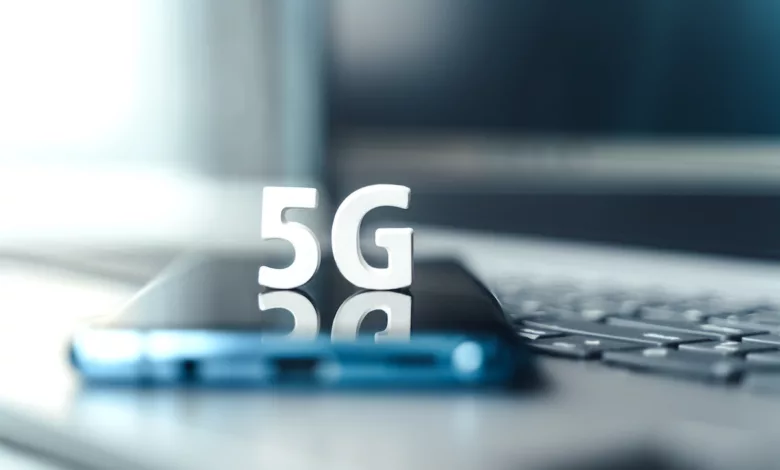
5G UC: Find Out What That Phone Icon Means
Before 5G, your phone could always display ‘4G’ or ‘LTE’ wherever you went. The appearance of 5G signals one moment, followed by 5G UC or 5G UW the next, can be confusing. Although you usually have little control over the symbols, understanding what they mean is still useful.
The Humble Beginnings Of 5G
Because 5 G’s range of frequencies is so broad, it’s more complicated than the previous generations of 4G/LTE and 3G technologies. Prior cellular technologies also had multiple frequencies but stayed within the same range.
The spectrum for 3G and 4G/LTE services typically ranged from 600MHz (0.6GHz) to 1.9GHz.
On AT&T, you can get up to 2.3GHz, and on Sprint, you can get up to 2.5GHz.5G, by contrast, covers the same low-band spectrum as 4G/LTE but also reaches much higher frequencies — 27GHz to 39GHz — and there are signs 5G can go even higher.
These additional blocks of the spectrum offer advantages and disadvantages in addition to the advancements brought about by 5G technology.
Considering that all 4G/LTE networks use the same low-band spectrum, these did not play a role in their deployment. However, lower frequencies usually have a shorter range and less power than higher ones.
It’s important to understand that 2.4GHz Wi-Fi can penetrate solid objects, but it is not nearly as fast or capable of handling as many devices as 5GHz Wi-Fi.
As long as radio frequencies have existed, they have always been limited. Every carrier receives spectrum from the Federal Communications Commission (FCC). As AT&T, T-Mobile, and Verizon jockey to get enough spectrum, most lower-band licenses used by 3G and 4G/LTE have expired.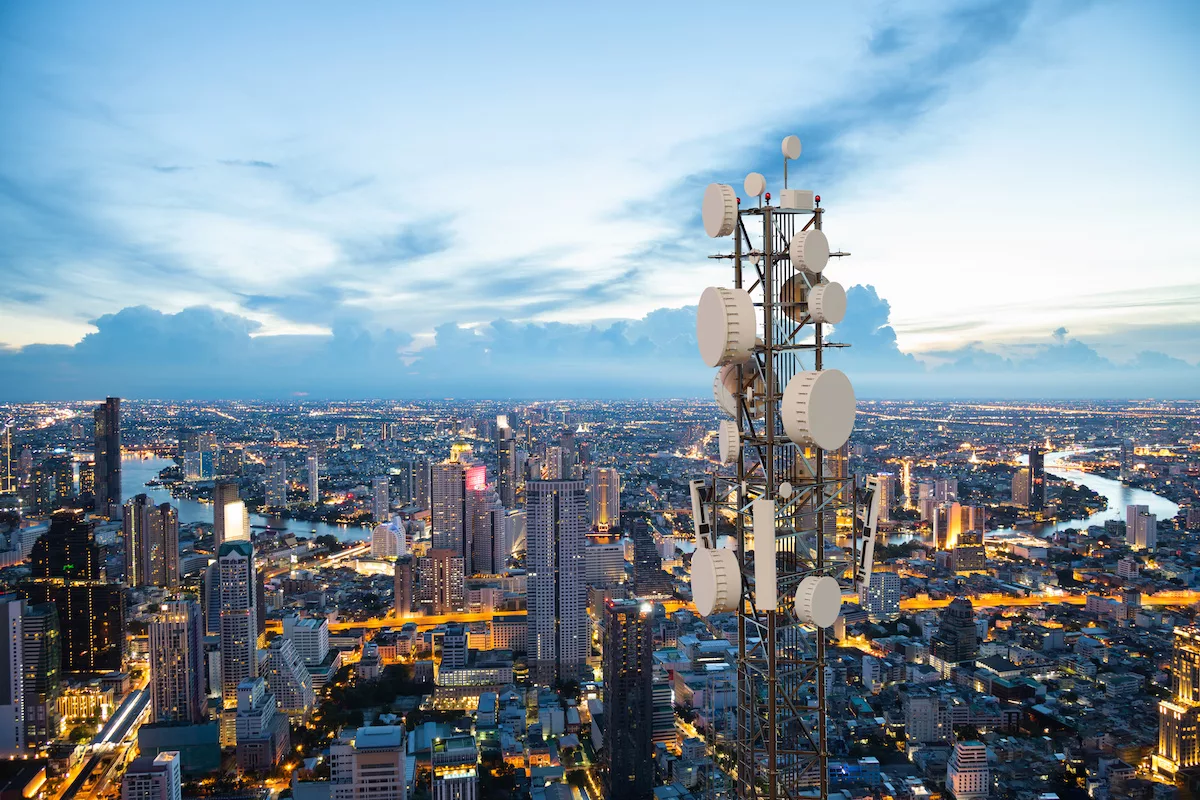
Using this low-band spectrum, they already licensed for 5G, T-Mobile and AT&T started rolling out 5G five years ago. Instead, Verizon chose mmWave 5G, a much higher spectrum that could provide incredible speeds only with minimal ranges.
In the U.S., T-Mobile was the first carrier to introduce 5G coverage in all 50 states using low-band 600MHz frequencies, which offer a wide range but limited bandwidth compared to older 4G/LTE standards.
T-Mobile chose to focus on mmWave 5G over 4G/LTE, but that decision ultimately paid off because it was able to light up the 5G icon on many more customers’ smartphones.
How 5G UC Began
FCC reallocated and opened up some new midrange spectrum in response to the growing interest in 5G and its potential to revolutionize global communications. In turn, this sparked a new turf war among the carriers.
The companies were required to bid on the new spectrum and build better 5G services more quickly to compete with their rivals. In addition to delivering better 5G services, more needs to be done.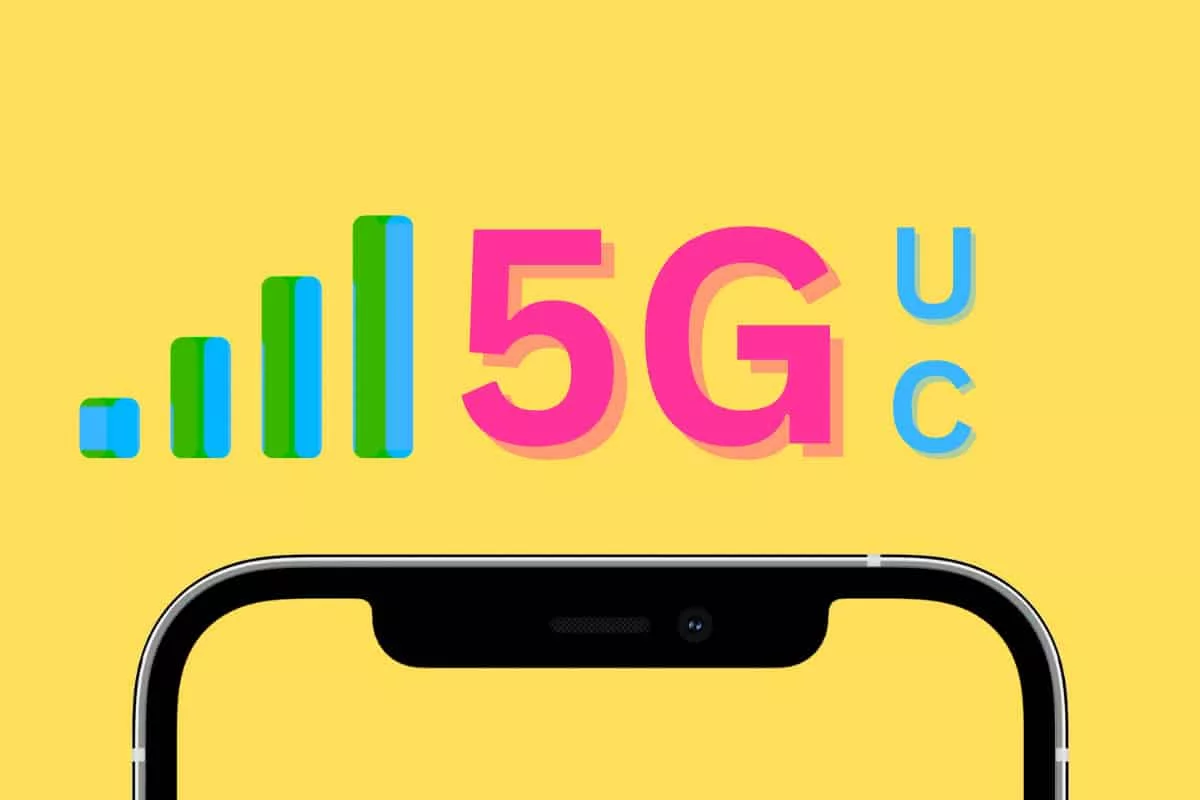
To ensure the best possible speed and coverage for their customers, the carriers had to provide them with the best service possible. Therefore, each carrier developed its own enhanced 5G technology.
For its real 5G network, AT&T went with 5G Plus (5G+) instead of 5G E, which was deceptive and not 5G. 5G Ultra Wideband (5G UW) and T-Mobile’s 5G Ultra Capacity (5G UC) networks are called their enhanced networks.
So, Exactly What Is 5G UC?
As part of its 5G Ultra Capacity network, T-Mobile uses mostly 2.5GHz frequencies for its mid-band and high-band spectrums. In some denser areas, 24–39GHz may also be used for additional capacity.
T-Mobile’s Extended Range 5G uses only lower 600MHz frequencies. On most smartphones, this enhanced 5G service is indicated by a ‘5G UC’ icon; however, old iPhones or Android devices may not display it since the operating system cannot support it.
When your phone supports the 5G UC icon, you’ll see an unadorned 5G icon. The enhanced 5G branding that T-Mobile introduced comes a bit later than its competitors. T-Mobile introduced its 5G UW icon a year after Verizon introduced its first iPhone lineup with 5G capability.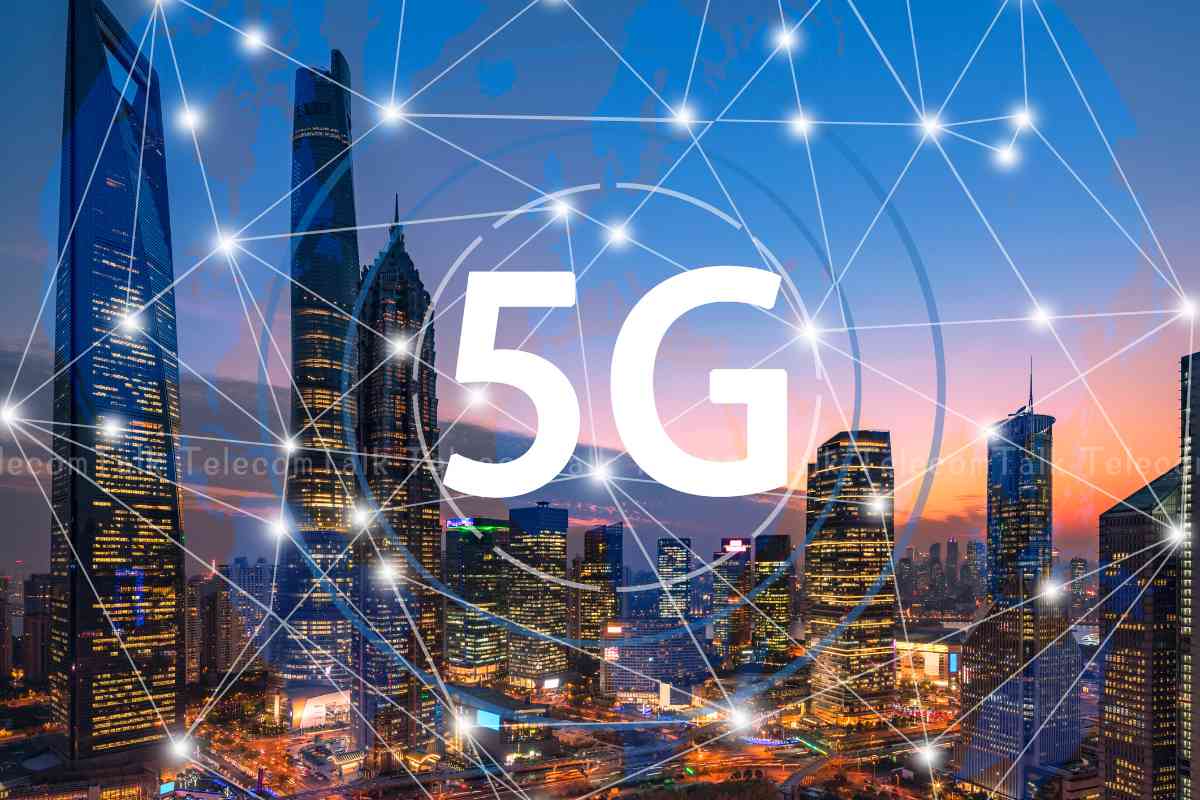
As Android updates followed, iOS 15 introduced the new icon in September 2021. Adding a custom icon to T-Mobile’s 5G Ultra Capacity network took longer because the company launched it much earlier.
It was still possible for T-Mobile customers to take advantage of enhanced 5G services before September 2021. They were unaware of it because they did not have a special icon to indicate it.
Some carriers have also developed brand names for their non-enhanced lower-band 5G services: Verizon uses 5G Nationwide, T-Mobile uses 5G Extended Range, and AT&T uses 5G Plus.
A Mix Of Mid-Range And C-Band
Android updates followed in September 2021 with iOS 15. The company launched its 5G Ultra Capacity network much earlier, so adding a custom icon took longer.
Before September 2021, T-Mobile customers had access to enhanced 5G services but were unaware of it because no specific icon indicated it.
Several carriers have also developed their brand names for lower-band 5G services: Verizon uses 5G Nationwide, T-Mobile uses 5G Extended Range, and AT&T uses 5G Plus.
The range covered 3.7–3.98GHz, and its proximity to aircraft frequencies made it somewhat controversial. Because of this, AT&T and Verizon could not pursue their plans due to fears from the aviation industry despite spending billions of dollars on acquiring this spectrum.
At the same time, T-Mobile was armed with an ace up its sleeve. In 2020, Sprint merged with T-Mobile, which won licenses for the 2.5GHz spectrum that T-Mobile was using for its 4G/LTE and early 5G deployments.
T-Mobile used the repurposed Sprint towers in Philadelphia to launch its 5G Ultra Capacity network three weeks after the merger was completed.
However, 5G Ultra Capacity also enables the use of some mmWave frequencies, specifically 24GHz, 39GHz, and 28GHz, which are covered by bands n258, n260, and n261.
The company uses them mostly in stadiums, concert halls, and airports where large crowds congregate. It takes more creative methods for T-Mobile to achieve multigigabit speeds with mmWave.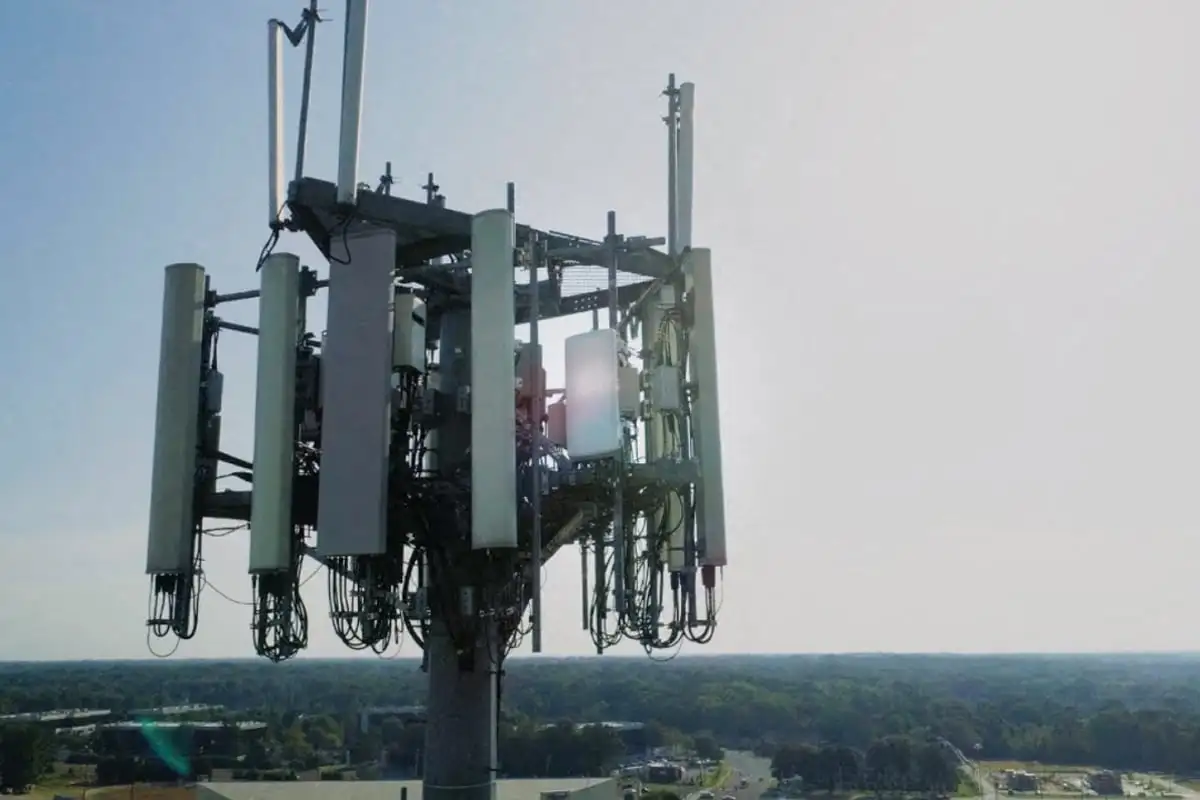
The company uses longer-range mid-band frequencies for longer-range mmWave. During the 2021 auction, T-Mobile also placed a bid for some 3.7GHz C-band spectrum valuing $9.3 billion.
This coverage has yet to go live, but the carrier plans to expand its primary coverage in denser population centres by taking advantage of this additional spectrum.
A 5G UC network has also been developed using some 1.9GHz PCS spectrum. Backward compatibility was maintained by T-Mobile’s predecessor, VoiceStream Wireless PCS, which used this spectrum for 2G and 3G services.
As 3G networks are phased out, these frequencies will be available for 5G. Over 75% of the U.S. population has Ultra Capacity 5G coverage because of T-Mobile. As of 2023, 300 million will be added to the network.
How 5G UC Compares To The Competition
Among T-Mobile customers, 5G UC icons are much more likely to appear than those on Verizon and AT&T phones. It was almost as if Verizon brushed for gold to get a 5G UW icon for its original 5G Ultra Wideband network, which was limited to mmWave coverage.
Nonetheless, Verizon finally acquired the C-band spectrum it spent $45 billion on in 2022. The service expanded its coverage to 100 million people in 1,700 cities by adding the 5G UW network.
There were about 82 cities that had 5G UW before that. As a result, AT&T is only rolling out 5G Plus in a few cities at a time. AT&T nabbed a less controversial slice of the pie in the 3.45–3.55GHz band in the initial 2021 C-band auction while dropping $23 billion.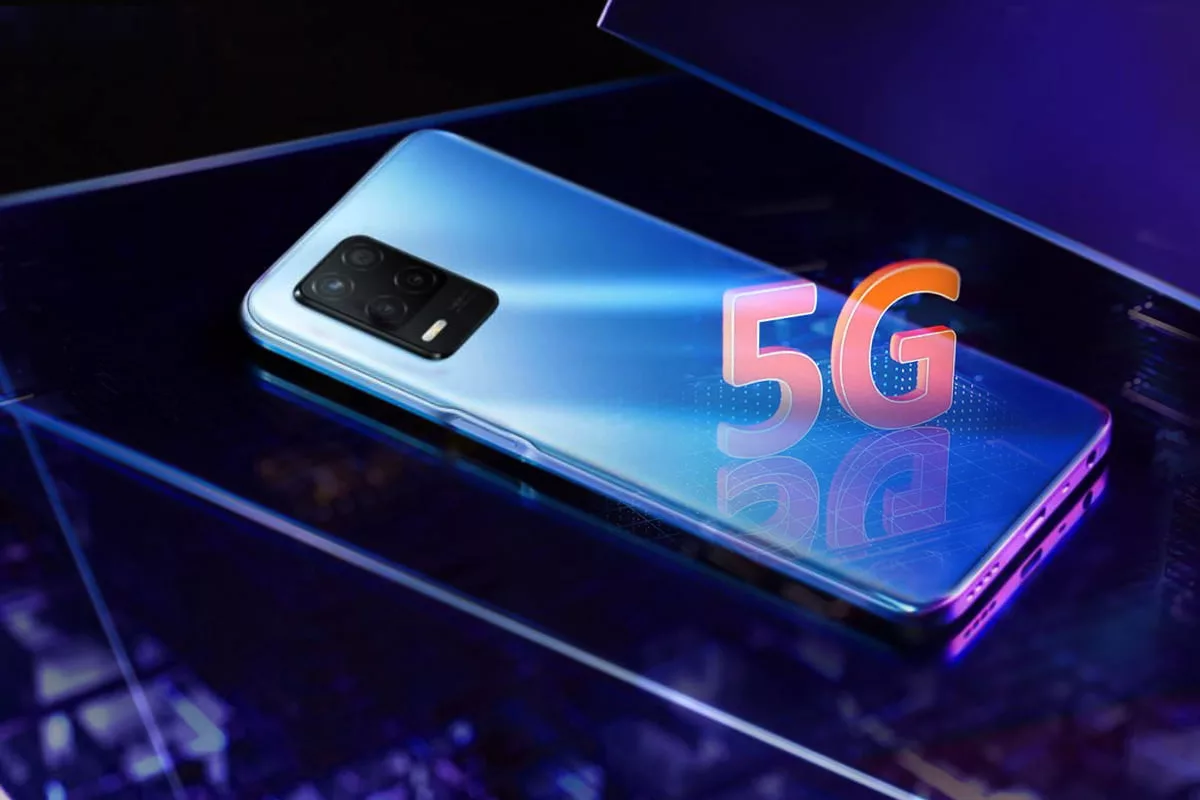
It should be able to utilize that by this year’s end. Despite this, T-Mobile continues to have a massive lead after two years, thanks to its aggressive 5G deployment strategy.
While T-Mobile’s network doesn’t necessarily offer faster performance than Verizon’s 5G UW, the reason is that T-Mobile has four times the coverage. That means your download speeds will likely be similar regardless of which network you’re on.
It puts the carrier at the top of the charts regarding average download speeds across 46 states. Despite this, T-Mobile’s 5G UC network tends to have a higher retention rate than Verizon’s and AT&T’s; as a result, it’s more likely that its customers will enjoy these fastest 5G speeds.
Edited by Prakriti Arora




